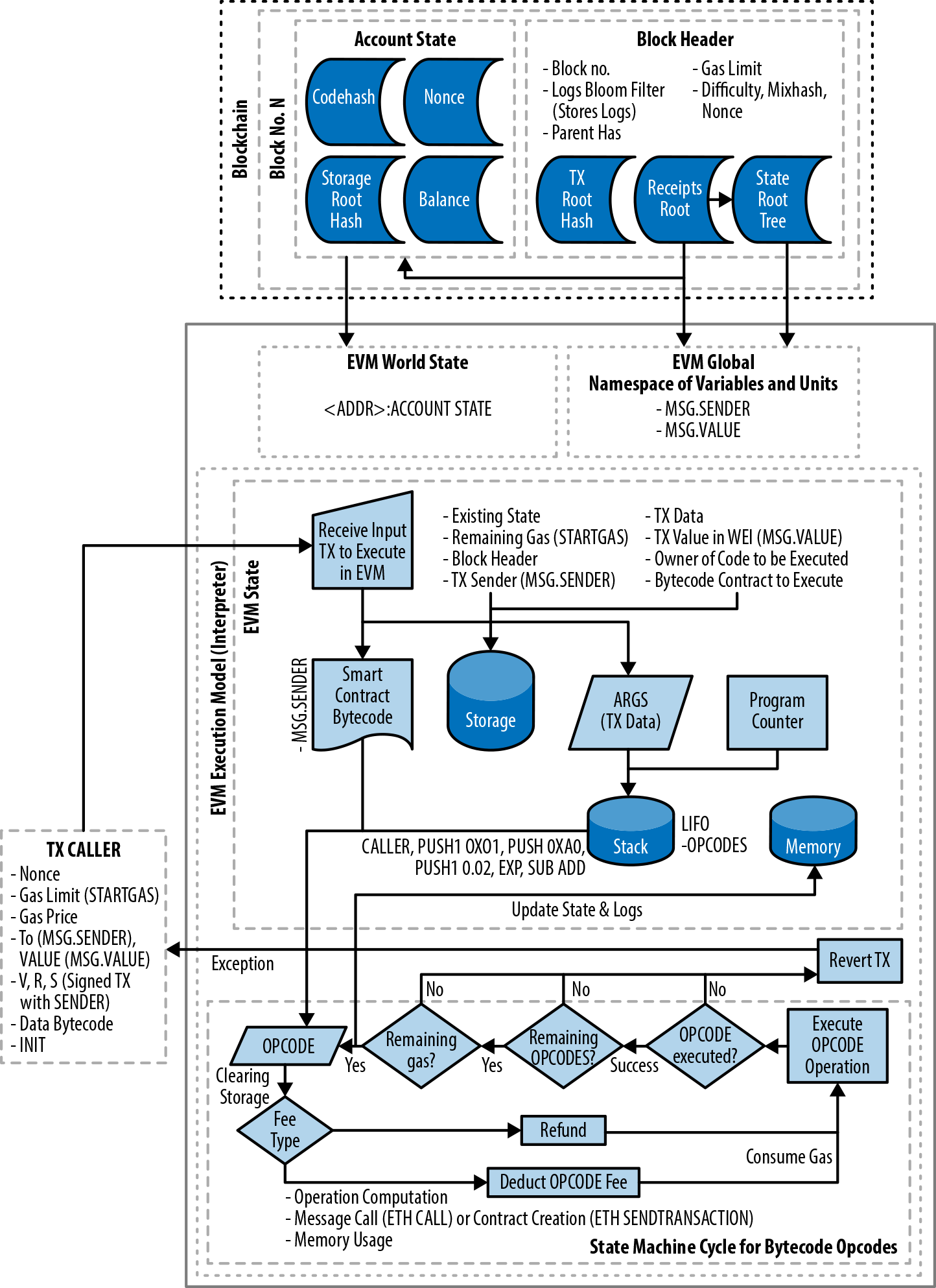

Note: Using the vmware vga driver is useful for setting up X windows, see Debian GNU/Hurd Note: See below on port forwarding in the networking section. Starting qemu/qemu-kvm: $ kvm -m 1G -net nic -net user,hostfwd=tcp::5555-:22 -drive cache=writeback,file=hd0.img -vga vmware Now you are able to log in to your newly installed GNU/Hurd system. Once you have finished installing the base system (might take some time) the system is rebooted and next boot will be from the hard disk. Important: Since partman does not yet mount other partitions than / automatically at reboot, it is crucial that you choose this option for now. Partitioning /dev/hd0: All files in one partition. Partitioning method: Guided (or your choice) Network: Now configured automatically with dhcp IP address: 10.0.2.15 In case of problems with timezone or locale settings do the following after the installation is completed To get the correct timezone:

Note that even if you can set the country and locale, your local keyboard is not yet supported.
#QEMU SYSTEM I386 HARDWARE INSTALL#
In the installer make your choice of install option: Default install (or your choice) Language: English Partition it and install the base system. Now at his point do the regular install using hd0 as your harddrive. $ qemu -m 1G -drive cache=writeback,file=hd0.img -cdrom -net nic,model=rtl8139 -net user Next you will want to start up QEMU and begin the installation process. I have set mine to 4 GiB, although you should be able to get away with less. qemu-ing -> kvm-img.įirst off you will need to create a disk image using qemu-img. Note: If you have hardware support, replace the qemu commands below with kvm, e.g. Installing Debian/Hurd with QEMU using the Debian installer Performance will be yet better if HAP (EPT or NPT) is available: $ grep ept /proc/cpuinfo If your machine supports hardware acceleration, you should really use the kvm variant of qemu, as it speeds things quite a lot. $ tar -xz System Security Enable VTx and VTdĬheck that the kvm module is loaded: $ lsmod|grep kvmĬrw-rw-+ 1 root kvm 10, 232 Mar 14 15:02 /dev/kvmĪdd yourself to the kvm group: $ adduser your_user kvm logout loginĪMD SVM (AMD-V): Enable AMD-V in the BIOS if not enabled. There is a QEMU image with Debian GNU/Hurd pre-installed available You can use the following images to give the GNU/Hurd a try.



 0 kommentar(er)
0 kommentar(er)
